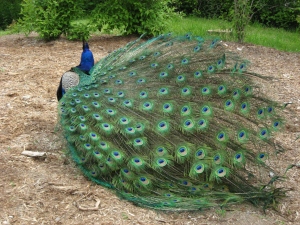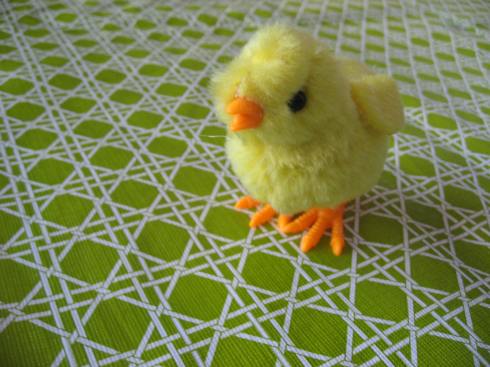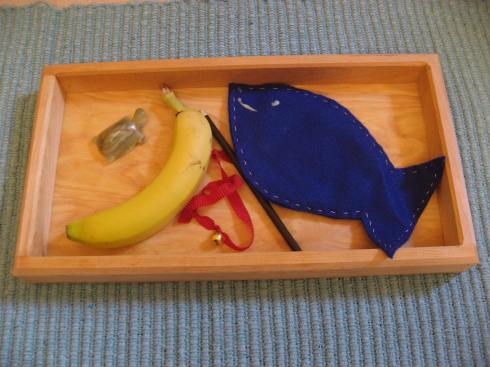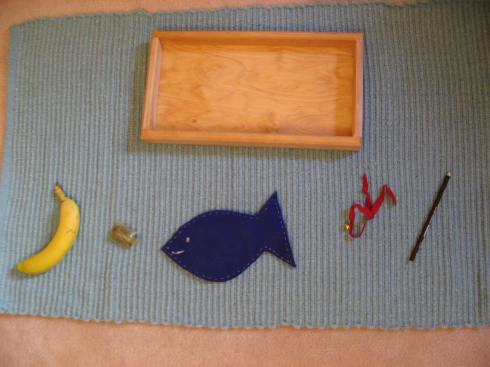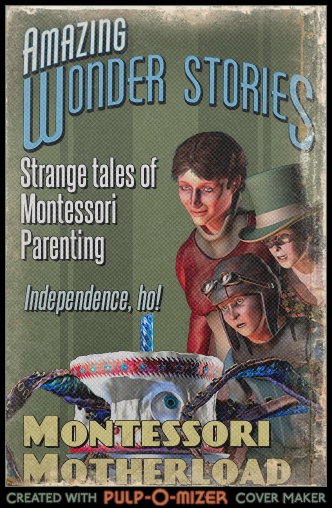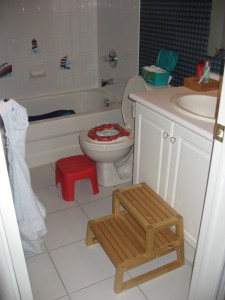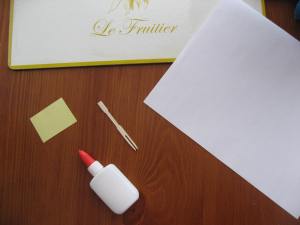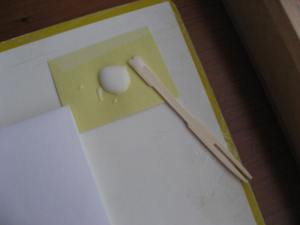
Snowprints!
The King and The Tax Collector
There once was a king who ruled over a large kingdom. He was a goodhearted fellow who grew up within the palace walls, never wanting for anything. The king was kind and treated his people well and all who knew him, loved him.
The king enjoyed the people’s adoration and would generally grant their requests without hesitation. He would throw large parties, hand out gifts, lend and give without thought, and did what he wanted when the mood struck. The king was young and unpredictable and fun.
Now, the king’s tax collector was a shrewd and careful manager. She did not shirk her responsibilities and expected a timely collection of the people’s taxes. The tax collector made sure everyone knew when the taxes were due and how much they must pay. She would arrive at their doors exactly on the day that she had promised and did not accept excuses for late payment. The tax collector was firm and consistent and yet undeniably fair.
At first the people resented the tax collector’s strict ways and grumbled about her amongst themselves. However, they became accostomed to following her hard and fast rules and soon enough, all prepared their taxes on time. Eventually, the tax collector found that she never had to chase down late payments nor did she have issues with the people because everyone knew what she expected and followed it because they knew that there were consequences for not doing so.
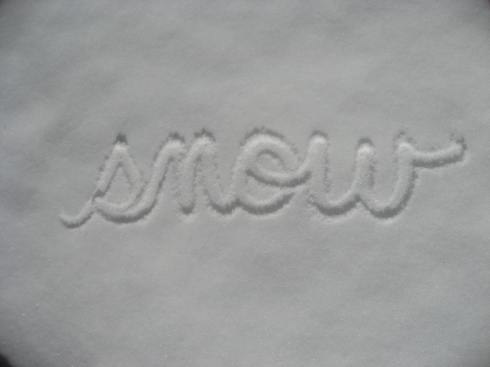
Random photo without context time!
Years went by. Instead of grumbling now, the people were prepared for tax season and handed their taxes over promptly. Many would even hand them in early. They developed a respect for the tax collector’s ways because they realized that she was fair, not cruel.
The tax collector was soon able to relax in some ways while trusting that the taxes would be collected in whole and on time. If someone wasn’t able to pay in full, she would take into consideration his or her payment history and allow the occasional late payment (though followed up consistently!). The people understood if a grace period was granted, it was an exception and they were grateful. The tax collector found her work becoming easier and more pleasant, as the essentials of her job were taken care of and she could now stop and have time to exchange pleasantries with the people, building up good rapport and relationships with them.
Meanwhile, the people had developed an indifferent attitude towards the king. They knew if they didn’t do as they were asked, he would be lenient. He thought he was being kind but his ever-changing stances and lax attitude about everything was confusing.
The king decided that in order to garner respect, he would try being strict. He began issuing harsh orders and when people did not comply, the king grew angry and doled out punishment after punishment, no matter how small the transgression. The people became confused. Then they became upset. They felt the king was being unfair and soon the people revolted against the king and demanded that the tax collector, who was always fair and did as she said, be the new queen.
The king, fearing for his life, fled the kingdom. The tax collector accepted the people’s wishes and established a functioning social democracy, serving as its first leader. 🙂
The End.
Story retold by Montessori Motherload. Original source unknown.
(If you know where this story originated from, please let me know! I have been looking around for it but can’t find it!)
Shoot for the moon. Even if you miss, you’ll land among the stars.
– Les Brown
I heard of the story of the king and the tax collector during my teacher training (I guess that piece of paper didn’t survive my two moves since then!). It was during a session on classroom management. There were three lessons that I got from this story that stayed with me:
1. Start off with firm expectations
Most teachers will tell you that they are much more strict (strict as in firm, not as in unflinchingly mean!) in September, sticking firmly to the classroom rules and not wavering from their expectations. As the school year goes on, they will know that they can be more flexible in certain situations. As in the story, it is much easier to start out with firm expectations and then loosen up when routines are set and the students understand the rules and rhythms of the classroom. Starting out without clear expectations and then try to become stricter later just doesn’t work.
Real-Life Classroom Example
In my first year of teaching, I didn’t know that I should establish clear expectations on how much work should be accomplished. I was in an idealistic Montessori mindset that the students will love(!) work and do as much as they possibly can in a day for they just love working with the materials so darn much. Each student works at their own level and at their own pace, so it’ll all fluctuate but somehow come up roses in the end!
…
Yep, so that didn’t work out so well. By October, I could clearly see that some of the students were definitely not working as much as they could have and were not putting in 100% effort. I was teaching Upper Elementary at the time, so by then most were not in the eager to please teacher mode any longer and were much more interested in developing their social lives during class time!
I had to take the problem by the reigns when it got really bad but by that time, it was as if I was late for a race that had already started. It was difficult and I regretted not having those firm expectations in place right on day one.
It took me a couple of years to learn how to really apply the lesson from the story to the classroom, and when I did, I found that the rest of the year went much more smoothly after all the rules and routines were established and the students knew what was expected of them. I found this method especially helpful when I started in a new school or when I was supply teaching– it’s so much more effective to say no if you’re not sure of the usual routine and then later being more flexible with them, than to say yes, find out that that’s not how it’s done, and then have to backtrack. At that point, the kids will have figured out that you’re not sure what you’re doing and you’ll be running two steps behind them from then on!
I think this absolutely applies to the home as well.
I am finding that it is easier if I say no or restrict something for Freestyle at first and then later gradually easing up on that rule once she understands that it is an occasional treat or rare exception to the rule.
For example, I really tried to avoid giving her sweets for as long as possible. Juice, candy, and chocolate are obviously not nutritionally necessary (though super delicious as her hypocritical mother with a sweet tooth knows!), so we just avoided it. Let me tell you, it can be hard to stand your ground when everyone else is having chocolate cake and you are not allowing your 15 month old a piece because you’ve already said no.
Today, Freestyle does have the occasional chocolate (though I am still avoiding candy as much as possible and politely turn down grocery cashier’s kind offers of lollipops at check out!) and definitely has some cake or pie for dessert when we are out for dinner with friends or have company. She has developed a sweet tooth like her mother but seems (knock on wood) to understand that it’s an occasional treat.
Now, I’m not saying that what I’m doing is the “right” way to go about handling sweets for kids. Absolutely not. It’s just what I believe is best for my kids, that’s all. However, my point is, if I had allowed Freestyle to eat chocolate and candy and drink sugary juice all the time and then suddenly, in a health-conscious guilt moment decide that NO, she eats too much sugar and is never allowed to have it again! Well, that would be a pretty tough habit to break and this inconsistency would be very confusing and unfair to her.
2. Set clear expectations
This is pretty much an expansion of the above. The tax collector in the story made sure that the people knew her expectations and what the consequences would be if they did not follow them.
In both the classroom and home, knowing what is expected of you is important for children. It makes them feel safe. When I was teaching, I made sure that the students knew the expectations in different situations (work period, lunch, recess, field trip, etc.) and just as importantly, allowed them to practice (what do you do when you need help, saying hello and thank you to to the bus driver, etc.).
Real Life Classroom Example
It is not uncommon for Montessori schools to receive positive feedback about student behaviour during field trips. I have gotten many compliments on my class’ behaviour while we were out throughout the years. I can’t take full credit since their Toddler and Casa teachers worked very hard to establish Grace and Courtesy!
What I did do, however, was make sure they knew what to expect on the field trip. We would talk about the expectations when they arrived at school that day, what they had to bring, how they must behave on the bus, how they should comport themselves when we arrived at our destination, what to expect during the program, and so on.
We would sometimes practice by role playing. For younger children, we might practice “getting on the bus” and saying hello to the bus driver while looking her in the eyes. For older children, practice might mean thinking about what they would say or do if they were sitting beside a person who was homeless on the subway (I’ve taken my Upper El students on the bus and subway for a couple of field trips downtown).
Real Life Classroom Example
I think the best compliment that I got was during a trip to see the King Tutankhamun exhibit at the ROM. My group was just exiting the actual exhibit when two older women stopped me.
Woman #1: Excuse me, we just wanted to say how well-behaved your kids are!
Me: Oh! Thank you. That’s so great for them to hear. (Turning to students) This nice lady complimented your behaviour. Isn’t that nice of her?
Students: Yes! Thank you!
Woman #2: What did you do to prepare them?
Me: (Not understanding her question) We did some research projects on King Tut, read books about his life as a class, we did some Egyptian art…
Woman #2: No! I meant how do you prepare them for the trip? Their behaviour?
Me: Oh! (Thinking) Well, they are expected to behave appropriately and we usually practice and discuss it before the trip.
Woman #1: Well, they’re just wonderful.
Me: Yes, they are! 🙂
I was particularly proud of my kids because I remember that for that trip, although we did go through the expectations as per usual, I remember that I didn’t go into them as thoroughly because it was a trip closer to the end of the year and I assumed that they knew them already. And they did! I have more stories like this one, and I think it’s just a testament to Montessori’s emphasis on Grace and Courtesy and overall respect for others.
I should also add that while you are setting the expectations, you will also need to establish the natural consequences that will follow if those expectations are not met. That might need a whole new post!
3. Say what you mean, mean what you say
This goes hand in hand with the first two lesson. The people respected the tax collector because she did exactly that. This is so important to remember when teaching young children. Being consistent can be difficult at times, but if you stop just once, just remember that it’s supposed to take 21 repetitions to make something into a habit and you have just broken that chain and have to start again at repetition #1!
It’s so much easier to just give in, but it is worth the trouble!
Real Life Classroom Example
One thing that I always told my kids was that if I said no, I mean no and they shouldn’t keep asking because I wasn’t going to change my mind. Next time you are about to cave, just remember this:
Student: (Asking for something, doesn’t matter what. Anything. Everything.) Can I, Mrs. MM? Can I, Can I?
Me: I don’t know, can you?
Student: (Rolling eyes because they get that a lot at school…and probably at home!) Okay, may I?
Me: I already told you no and I am not going change my mind, so stop asking.
Student: …Please?
Me: Do you do this to your mom/dad?
Student: Yep!
Me: (Laughs) Does it work?
Student: Yep!
Trust me, that is pretty common! And though it is frustrating to keep repeating yourself when staying firm, it’s worth the effort when the kids realize that you say what you mean and mean what you say!
Tags: classroom management, setting clear expectations for children, the king and the tax collector story



